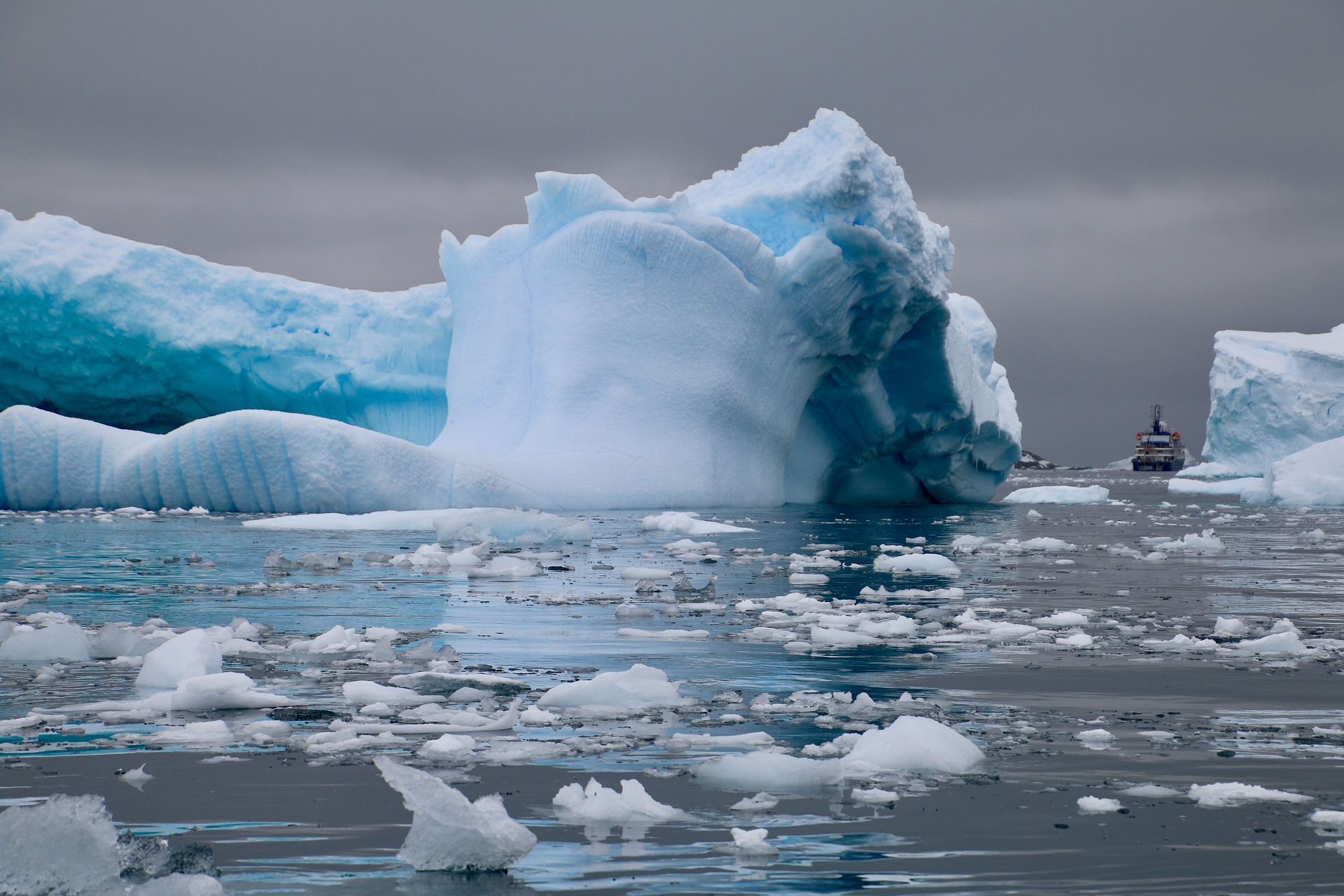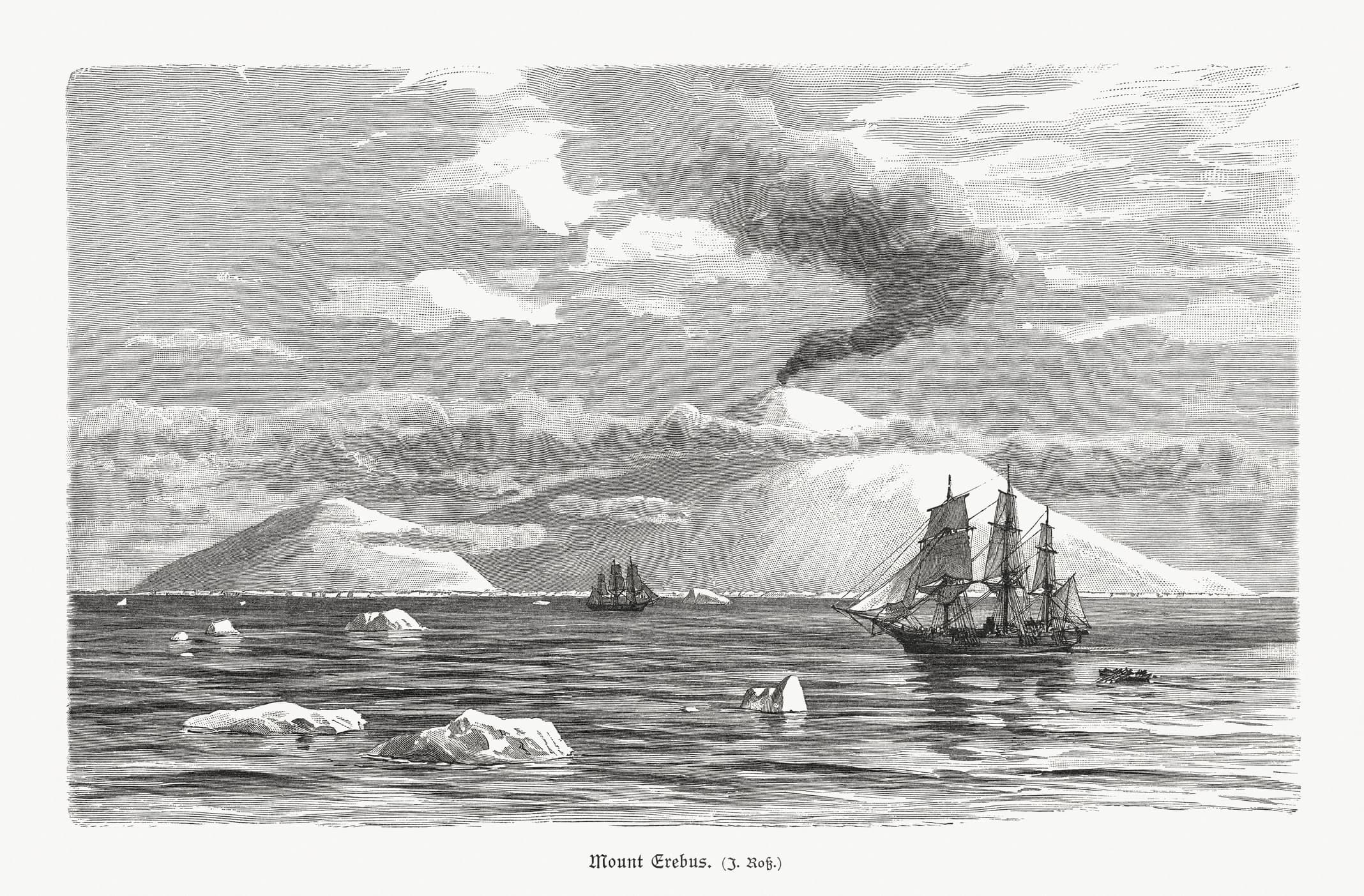Success
The Story of the Cork Explorer Who Discovered Antarctica
On the 30th of January, 1820, Edward Bransfield — Ballinacurra native and Ship's Master in the Royal Navy — spotted a steep, snow-covered mountain from his brig the Williams. His sighting of this peak (later named Mount Bransfield in his honour) marked the discovery of the north-western slopes of the Antarctic Peninsula. It is one of the most significant geographical discoveries of our time.
But how did a young man from a small village outside Midleton find himself exploring the stormy, icy seas of the Southern Hemisphere?
Edward Bransfield was born in Ballinacurra, Co. Cork, in 1785. Historians know very little about his early life, but it's believed that he was well-educated and gained seafaring skills by working on his father's boat.
Conscription and the British Navy
The year Bransfield turned 18, however, marked the end of his quaint life as a fisherman. In 1803, British Royal Navy press gangs arrived in Cork and began scouring towns and villages for healthy, young seamen to join the war effort against Napoleon. Bransfield was captured and impressed into the Royal Navy. He subsequently survived the Napoleonic Wars and rose through the ranks to become a Ship's Master.
By 1817, Bransfield was stationed in Valparaíso, Chile, with orders to protect British interests while Chile waged its war of independence from Spain. It was here that he was given the task of investigating a sea merchant's claim that land existed south of the continent.

Ice sheets in Cierva Cove, Antarctic Peninsula
But the land that the sea merchant had seen and set foot on wasn't Antarctica. In fact, what William Smith (captain of Williams, the ship that Bransfield would use to embark on his expedition) uncovered were the South Shetland Islands, which lay some distance north of the Antarctic Peninsula.
Discovery and Controversy
Bransfield and his small crew set off from Valparaíso on 20 December 1819. After a long and arduous journey that lasted 13 months, Bransfield caught his first glimpse of the Trinity Peninsula (the most northerly point of Antarctica) on January 30th, 1820.
Bransfield's discovery has been the subject of controversy ever since. Some believe that a Russian Naval Officer, Fabian Gottlieb von Bellingshausen, discovered the continent just three days before him. Unfortunately, Bransfield's journal (in which he would have recorded the sighting) has never been recovered. However, a diary kept by one of Bransfield's midshipmen gives evidence to the Cork man's claim.
The Mystery Man
There are no known photographs or portraits of Edward Bransfield. It seems he was not widely celebrated throughout his lifetime and he died in Brighton in 1852. His expedition was later overshadowed by the likes of Crean and Shackleton, but fragments of his legacy remain in the freezing ocean more than 10,000 miles south of Ireland. Bransfield Strait, Bransfield Island, Bransfield Trough, Bransfield Rocks, and Mount Bransfield were all named after him.

Late 19th-century engraving of ships passing Mount Erebus, an active volcano on the Antarctic Peninsula.
In January 2020 — 200 years after Bransfield glimpsed the Antarctic Peninsula — a monument was erected in his honour at Ballinacurra. Now, the memory of this enigmatic Cork man lives on in the small village where he first learned to navigate the seas.
. . .
Sources: Edward Bransfield—the Corkman who discovered Antarctica by Michael Smith, History Ireland; https://en.wikipedia.org/wiki/Edward_Bransfield; Irish explorer who discovered Antarctica honoured in home village, Irish Times, Jan 2020.